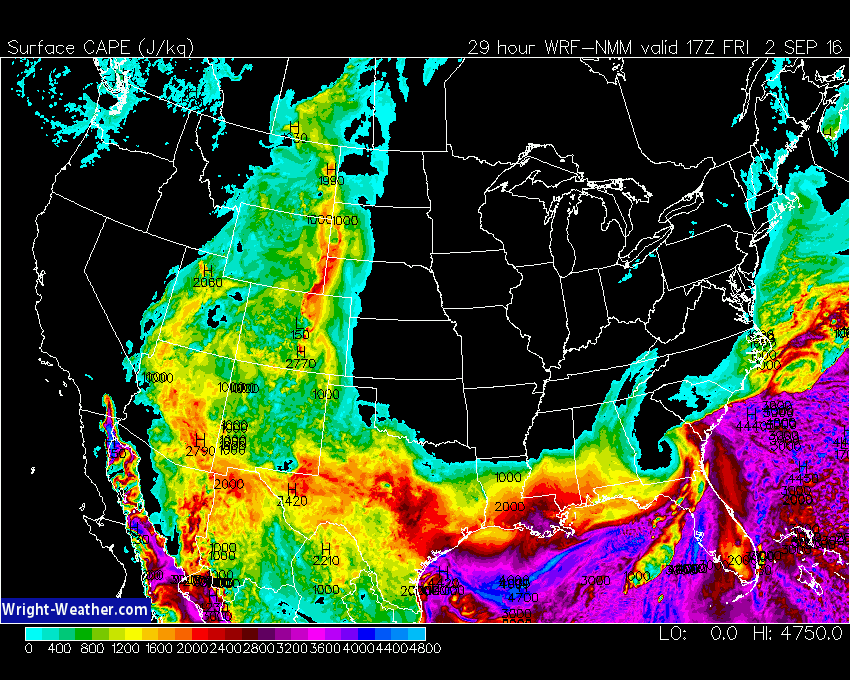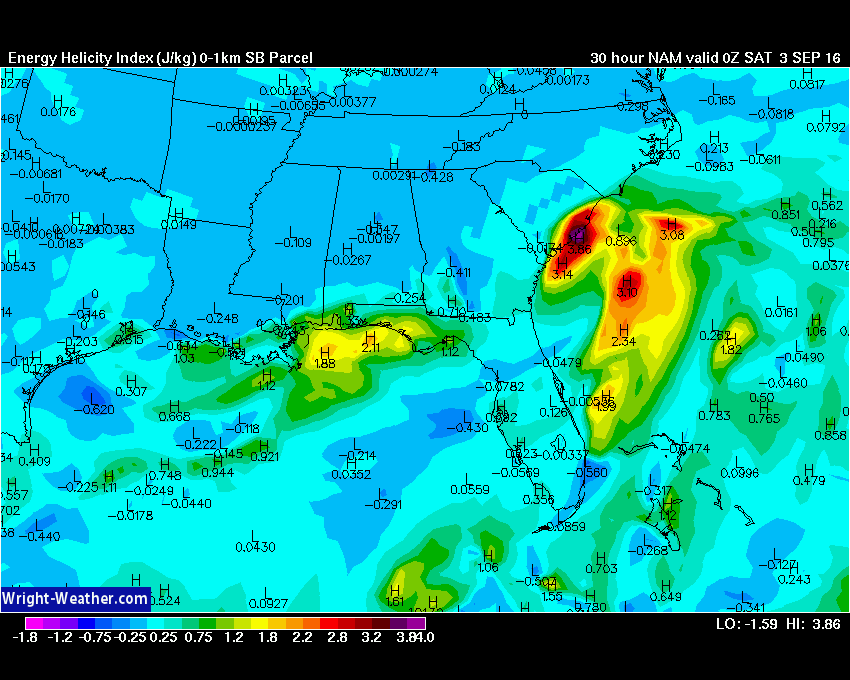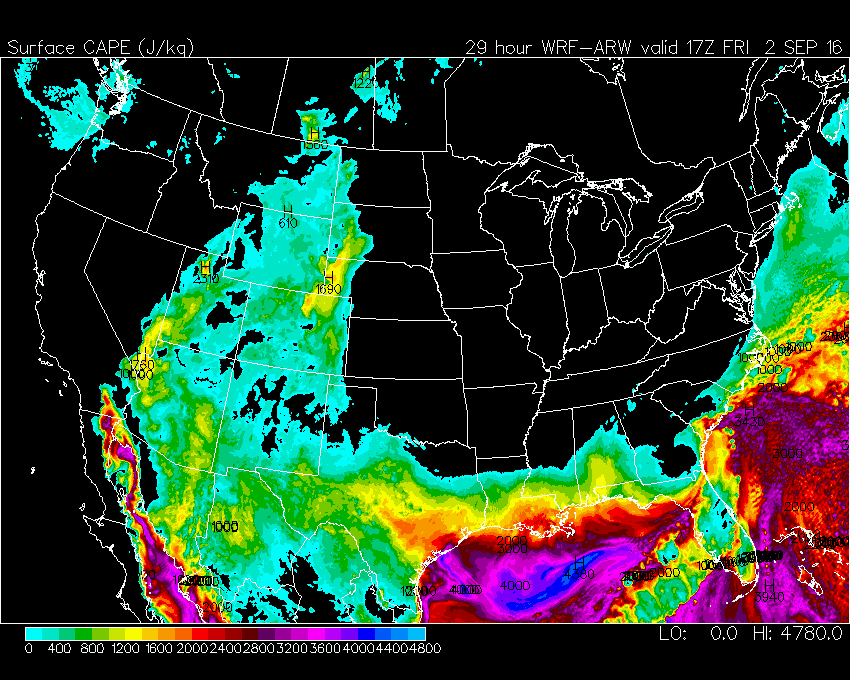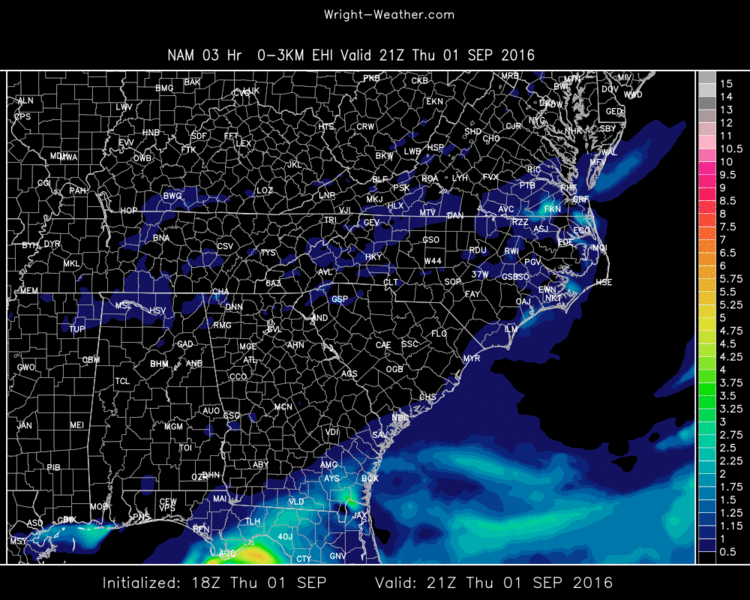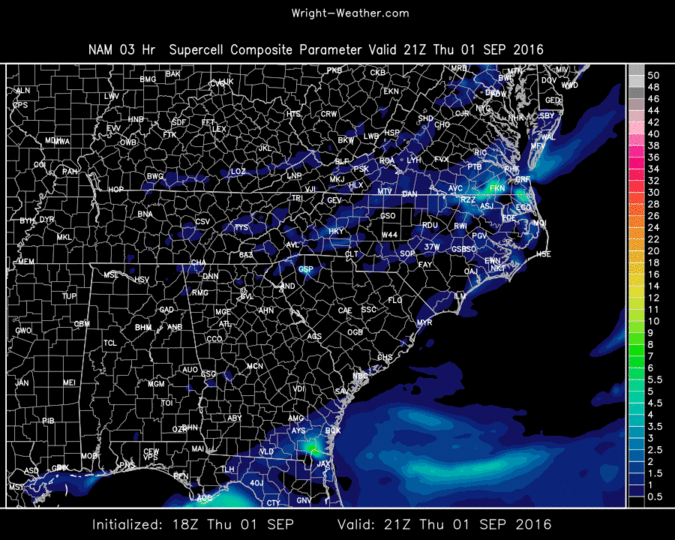The RAP model (Formely RUC) was increased to 21 hours from 18 hours in run length. It runs every hour and is completed around 20 minutes past the hour. HH+1:20
The HRRR and RAP models were both upgraded last month.
Details on the Physic changes are as follows:
Technical Implementation Notice 16-26 Amended National Weather Service Headquarters Washington DC 1047 AM EDT Tue Aug 23 2016 To: Subscribers: -NOAA Weather Wire Service -Emergency Managers Weather Information Network -NOAAPORT Other NWS Partners, Users and Employees From: Tim McClung Portfolio Manager Office of Science and Technology Integration Subject: Amended: Upgrade to the Rapid Refresh (RAP) and the High-Resolution Rapid Refresh (HRRR) Analysis and Forecast System Effective August 23, 2016 Amended to change the date from "future" to August 23 for select products under the NOAAPORT changes section below. Effective on or about Tuesday, August 23, 2016, beginning with the 1200 Coordinated Universal Time (UTC) run, the National Centers for Environmental Prediction (NCEP) will implement Version 3 of the Rapid Refresh (RAP) and Version 2 of the High- Resolution Rapid Refresh (HRRR) systems. Major Changes: A major change to the RAP will be an expanded computational domain which will now include Hawaii. This expansion will facilitate future NCEP plans for ensemble systems and, in time, improve the initialization of Short Range Ensemble Forecast (SREF) members that use the RAP for initial conditions. Analysis Changes: Both the RAP and HRRR will use an updated version of the Gridpoint Statistical Interpolation (GSI) analysis code. Refinements are made to the GSI to improve the assimilation of surface observations, soil moisture adjustment, and three- dimensional cloud and precipitation hydrometeors. In addition, the HRRR will start using the ensemble/hybrid data assimilation; it is already used in the RAP, but the weighting of the ensemble- based component in the RAP will increase from 0.50 to 0.75. In addition, while the RAP already cycles land-surface states, this cycling is being introduced into the HRRR. In HRRR Version 1, all runs are independent. Other analysis changes include: -Assimilating radial wind and mesonet data -Applying PBL-based pseudo-innovations for 2-meter temperatures (already used for 2-meter dew points) -Changing the cloud-hydrometeor assimilation to avoid METAR-based cloud building when satellite data shows clear skies at all times of day (currently used just in daytime) -Introducing direct use of 2-meter temperature and dew point model diagnostics in the GSI. Specific to the HRRR, the application of radar reflectivity data in the GSI to direct specification of 3-dimensional hydrometeors is increased to apply to a broader range of weather conditions, including warm-season events with reflectivity up to 28 dBZ. Changes to Model: - The RAP and HRRR will both begin using WRF version 3.6.1; both will continue to use the ARW core. - The MYNN planetary boundary layer scheme is being updated to include the effects of subgrid-scale clouds. The mixing length formulation in the boundary layer scheme and thermal roughness in the surface layer are being changed. - The 9-level RUC land-surface model is being updated to add a mosaic approach for fractional snow cover, improve the fluxes from snow cover, and modify the wilting point for cropland use. - Major updates are being made to the Thompson microphysics scheme, including making it aerosol-aware with use of an ice- friendly and water-friendly aerosol field. - Shortwave and longwave radiation have been changed to use the RRTMG (RRTM global) scheme that includes the effects of aerosols and boundary layer subgrid-scale clouds. - The WRF-ARW diagnostics for 2-meter temperature and dew point are being improved. - The convective scheme in the RAP is changed from the Grell 3-D scheme to the scale-aware Grell-Freitas scheme. The HRRR, at 3 km horizontal resolution, explicitly resolves convection and does not use a convective scheme. Many of these changes to the data assimilation, land-surface model, boundary layer scheme, microphysics, radiation, and (in the RAP only) convective scheme are designed to mitigate the low- level warm, dry bias in the RAP and HRRR, most notable during afternoons in the warm season. Significant reduction of these biases has been evident in extensive testing.


